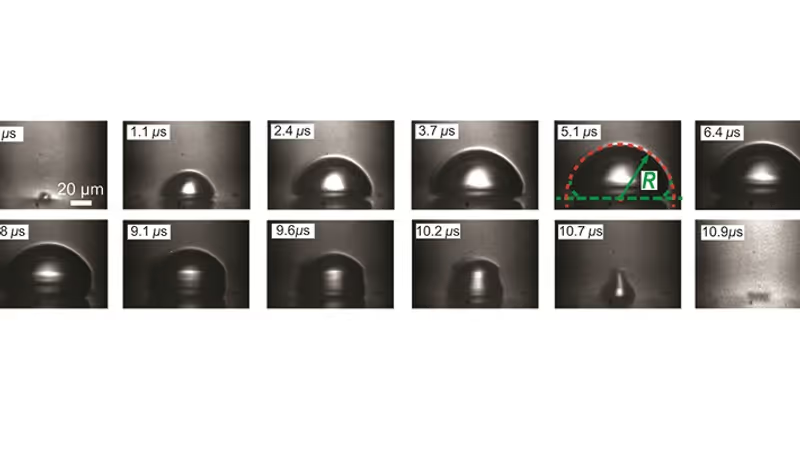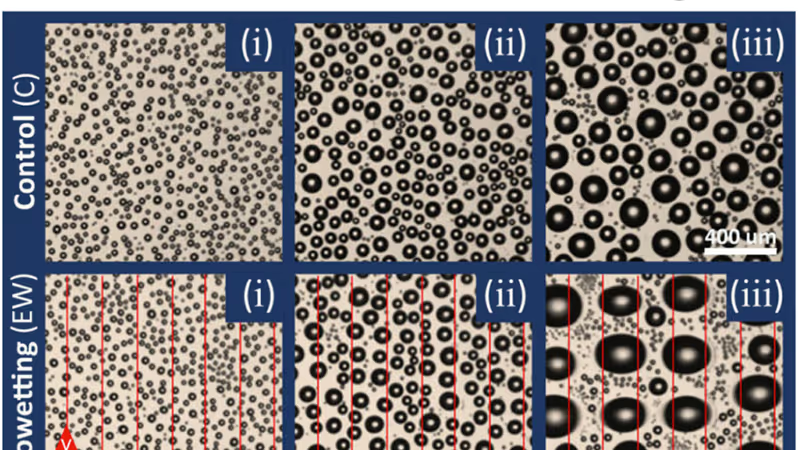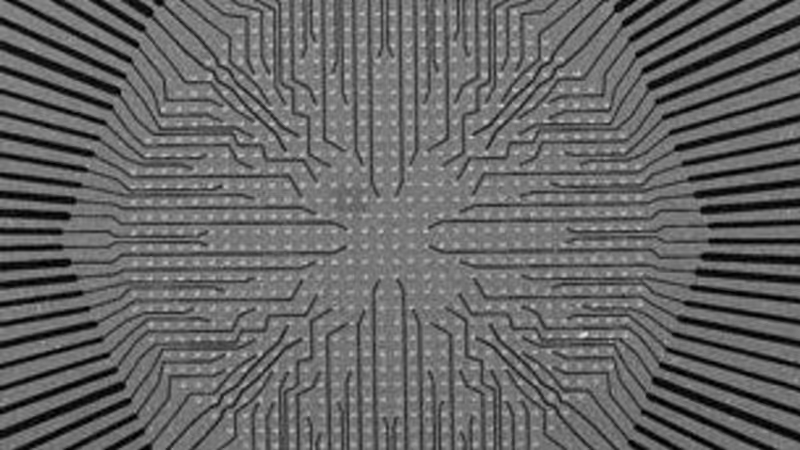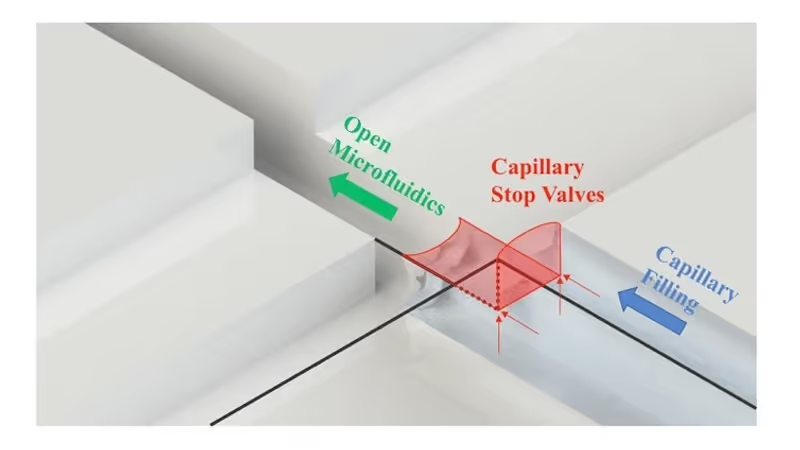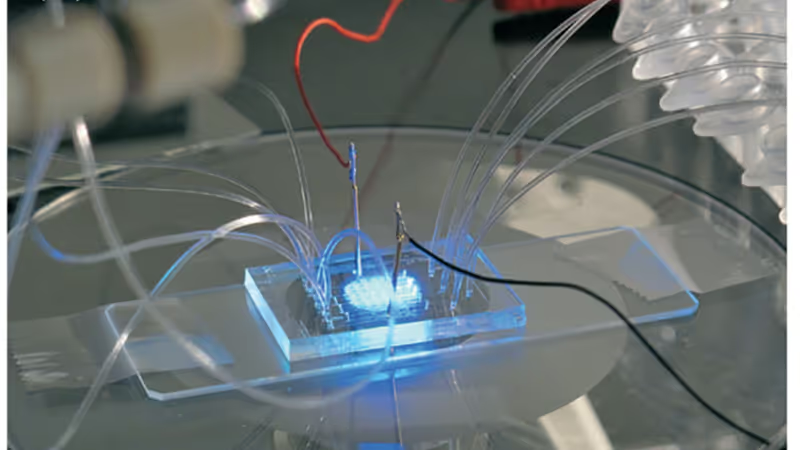Flows at small scales
Fluidics is the technology that uses fluid flow to perform mechanical, electrical or analytical operations in small scales. Fluidic devices are designed for high-throughput screening, protein crystallization and for a large variety of analytical applications. The advantages of this approach are multifold: the ability to use small amounts of samples and reagents, high resolution achievable in detection and separation of analytes and components, low costs, and short times required for tasks. The future of fluidic technology depends strongly on the understanding of the mechanics of multiphase flows at small scales.
The fluidics research at MESA+ focuses on the one hand on fabrication of micro/nanostructures for energy conversion, process intensification, drug delivery, micro/nanosensors, and on the other hand in gaining insight in the electrical, mechanical and chemical interaction of fluids with interfaces at small scales.
The micro/nanofabrication capabilities in the installations of MESA+ NanoLab makes it one of the world leading institutes in fluidics research.

